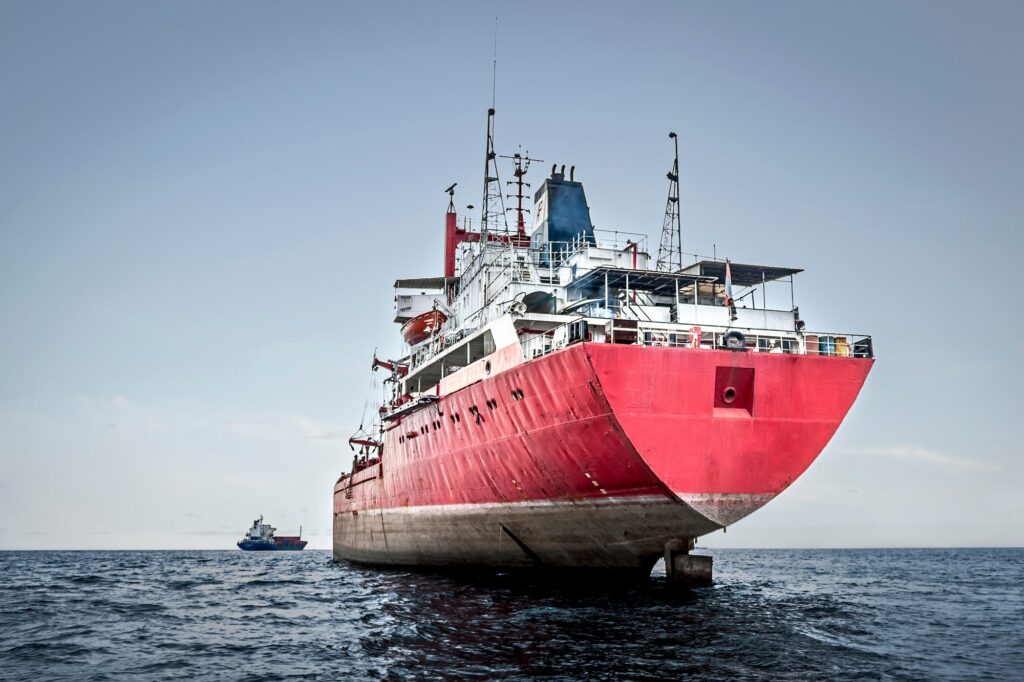After a turbulent year for global shipping, Donald Trump’s ceasefire agreement with Houthis in Yemen should be a cause for celebration.
The deal, brokered by the Omani government, will mean that US ships will no longer face the threat of attacks as they transit the Red Sea to and from the Suez Canal. In return, the US has agreed to halt airstrikes on Houthi missile sites in Yemen.
However, early optimism has given way to confusion over the precise terms of the agreement. A Houthi spokesman has since declared that Israeli vessels remain legitimate targets, while both parties have publicly accused the other of backing down.
As things stand, it remains unclear whether major shipping lines will deem the situation stable enough to resume using the route.
However, if the announcement of a ceasefire is taken at face value, it will have significant implications for the region’s shipping industry.
Shipping volumes in the Red Sea are still only half of what they were before the Houthis began their attacks in 2023. Most container vessels are still being re-routed around the Cape of Good Hope.
According to the World Bank, this has increased cargo travel distances by 48 percent for container ships and 38 percent for tankers.
It may be overly cynical to suggest that commercial considerations will play a role in any decision to start transiting the Red Sea again
One of the world’s largest shipping lines, Denmark’s Maersk, estimates that the extended transit times from Asian and Gulf ports to Europe have reduced global shipping capacity by 15–20 percent. For shippers, this has translated into higher logistics costs and mounting inventory levels, as delays disrupt the timely delivery of goods to consumers.
The disruption has also had a major impact on the Gulf’s ports. DP World commented in its latest annual report that “global trade remains in flux due to ongoing geopolitical challenges”. The port-to-logistics operator has assets in the Gulf and the Red Sea, including the port of Jeddah, which has seen a 70 percent drop in volumes.
The World Bank estimates that, in 2024, Eastern Mediterranean and Gulf ports accounted for 26 percent of delayed shipping capacity compared to just 8 percent the year before. A normalisation of container flows cannot come soon enough for the region, which relies so heavily on global maritime supply chains for its prosperity.
However, while a ceasefire is, of course, in the long-term interests of shippers and ports in the region, it is not all good news.
As mentioned, the re-routing of vessels has removed a significant proportion of capacity from the market, resulting in much higher rates than would be expected in such a soft economic environment.
Xeneta, a freight marketplace, estimates that Far East–Mediterranean rates are 55-70 percent higher than before the Houthi attacks started. If this capacity is released, rates are expected to plunge, not least as the global economy is weaker now than before the conflict.
Xeneta judges that, even with higher rates in place, shipping lines were making losses on these routes, meaning there will be a considerable downside to profitability from any re-opening of the Red Sea.
DP World’s deputy chief executive, Yuvraj Narayan, has previously commented that rates could drop by 20-25 percent, which could be a conservative assessment.
It may be overly cynical to suggest that commercial considerations will play a role in any decision to start transiting the Red Sea again. The safety of seafarers will no doubt be the primary consideration.
At least two vessels operated by Maersk came under attack over the last two years. Its management commented at the time, “[With] the safety of our crew, vessels, and your cargo being our utmost priority, Maersk will continue to sail around Africa via the Cape of Good Hope until safe passage through the area is ensured for the longer term.”
Given the uncertainties around the present ceasefire, it is likely the Red Sea will remain too unstable for global shipping lines to restart services immediately.
However, a longer-lasting peace may not be too far off.
Some analysts believe that the deal with the Houthis is a precursor to a more wide-ranging agreement between the US and Iran over nuclear weapons. This could create the conditions for a more stable security environment, which would allow for a return to normalisation for the region’s shipping routes.
John Manners-Bell is CEO of Transport Intelligence Insight and founder of Foundation for Future Supply Chain



